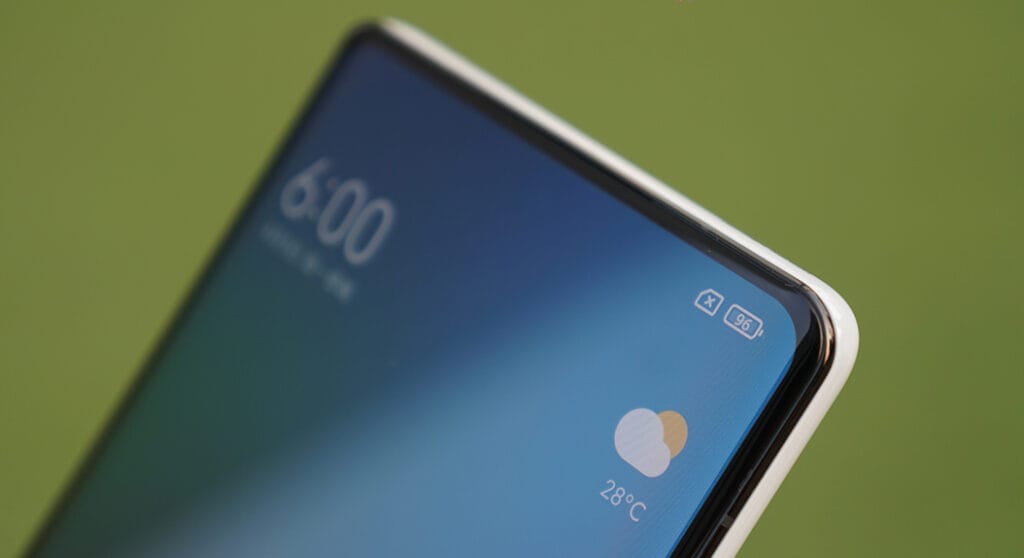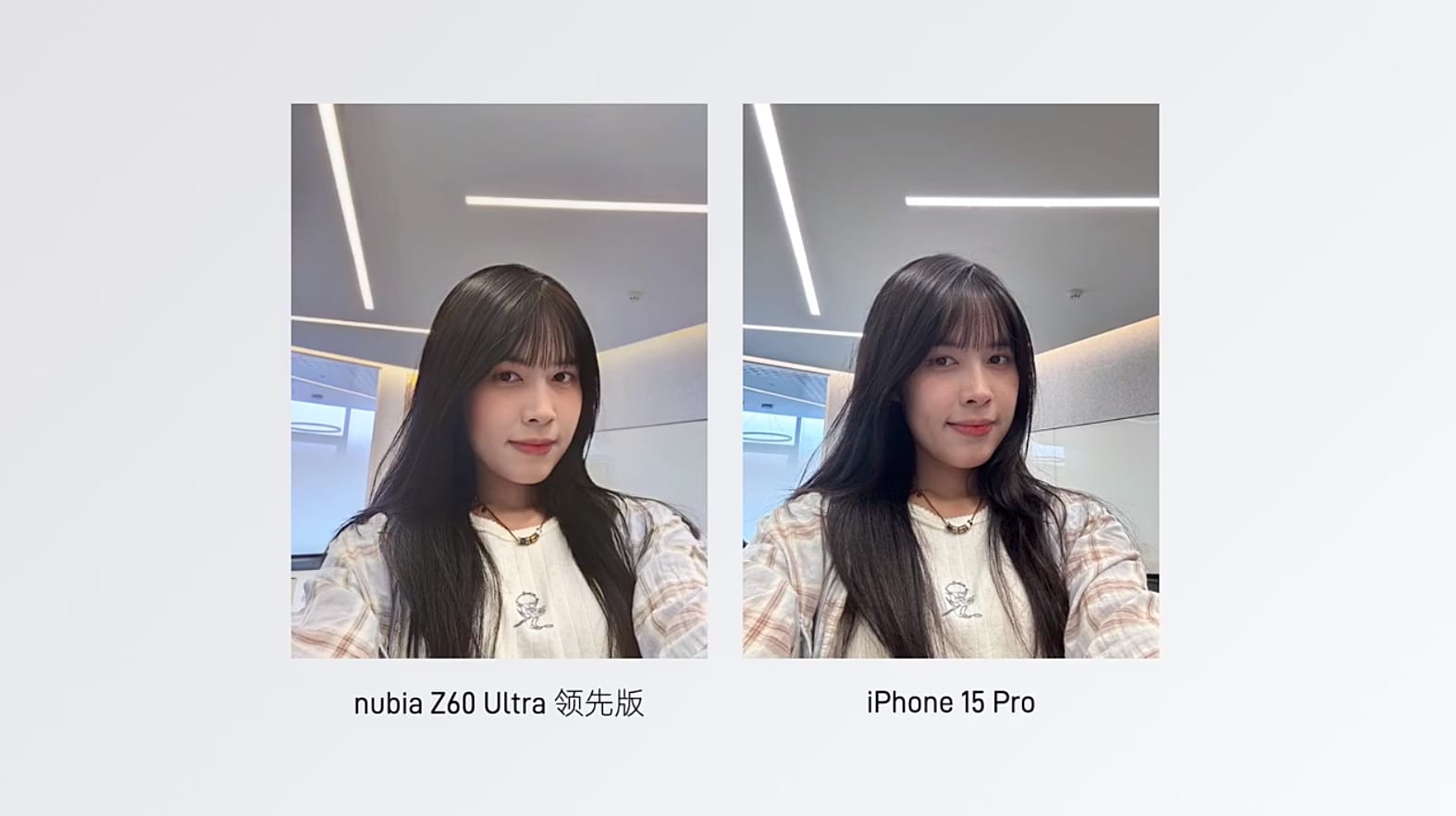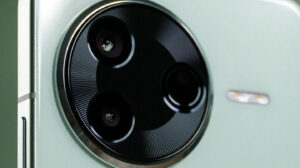In 2021, Xiaomi released the MIX 4, which wowed everyone by being the their first smartphone to pack a Camera Under Panel (CUP). It is an innovation where the front camera lies under the device’s display and looks as if it is seamlessly integrated. This marked one giant step toward realizing a completely bezel-less display. To this day, however, the MIX 4 has been the only device from Xiaomi carrying this feature.
With the tech world on tenterhooks waiting for the release of the Xiaomi MIX 5, presumably carrying on with the CUP legacy, the exposition may turn out to be apt and opportune regarding what exists now and what may be realized in the future by under-screen camera technology.
The Current State of Under-Screen Cameras
Thus far, the application of camera under panel (CUP) has generally been limited to narrow market segments, most notably gaming phones. One example is the ZTE Nubia series, which has regularly used this technology. But one key aspect has prevented CUPs from seeing more widespread adoption: image quality.
Image quality challenges
Among the significant challenges to delivering quality images by USCs is the existence of a screen layer above the camera sensor. While that is made as transparent as possible, it still blocks and distorts light in many ways resulting in poorer image quality compared to average front cameras—something one realizes more at night or under poorly lit conditions.
Industry Efforts and Progress
While this kickoff has not fazed some giants in the industry, notably Samsung, it is pegging forward with USC technology. Samsung’s advanced algorithms and sensor tech have made remarkable improvements in the series of its Z Fold for daytime camera performance by reducing issues created by the layering of screens. Night-time performance, however, still lags far behind.
Xiaomi’s Vision and MIX 5
Taking a look at MIX 4 their foray into USC technology placed Xiaomi on the road of innovation. Therefore, with the release of MIX 5, speculated to sport an advanced version of CUP, Xiaomi will be keen on fine-tuning and perfecting the technology.
With the technical advancements made in screen transparency and sensor sensitivity, MIX 5 should be in a powerful position to alleviate some of the significant flaws seen in the various iterations of USC implementations.
Xiaomi MIX 5 will be out in 2025.
Xiaomi’s CUP journey
Xiaomi has conducted CUP tests on devices such as Mi 9, Mi 10, Mi 11 until today. It published these tests on Weibo from time to time and allowed us to see the results. The first device to enter mass production was the MIX 4.
The Road Ahead
Under-screen camera technology depends on how the known limitations over image quality will be surpassed. While several companies like Xiaomi, Samsung, and ZTE continuously invest in the research and development process, one can logically anticipate future developments at a constant rate. Some of the key improvements are likely to arrive from materials science, optical engineering, and computational photography.
Consumer acceptance will also be another critical issue: in contrast to the early adopters and tech enthusiasts, who may simply look over the spoilers for the current shortcomings of the innovation, the mainstream user will require performance levels at least equal to or even better than what traditional camera setups have to offer in this respect. The attainment of this harmony is critical if any mechanism can enable comprehensive diffusion of the CUP technology.
Conclusion This pioneering effort that Xiaomi is making with the MIX 4 and the upcoming MIX 5 sets tones for under-screen cameras to change how most people design smartphones. Of course, there are loads of challenges yet to be overcome, but continuous improvements by industry leaders portend a bright future. Provided that Xiaomi and other competitors succeed in addressing the shortages with the current under-screen cameras, this feature would very soon become a standard feature for the next generation of phones, thus enabling end-users to have the perfect blend of aesthetics and functionality.


 Emir Bardakçı
Emir Bardakçı


